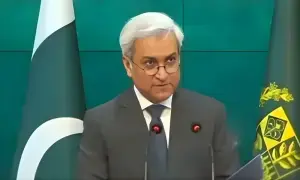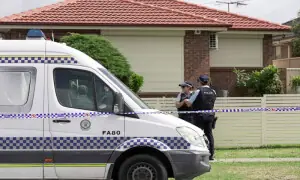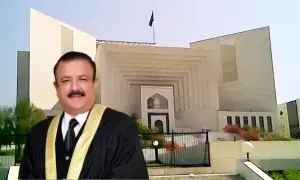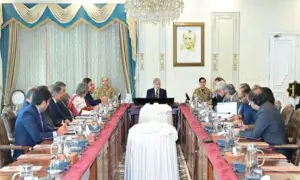Govt eyes further Rs2/unit hike in base power tariff
ISLAMABAD: The Federal Government is to further raise the base power tariff by over Rs2 per unit in months to come, aimed at trimming existing level of subsidies as per agreement with the International Monetary Fund (IMF) and adjustment in Discos’ tariffs in accordance with their annual revenue requirements.
The government had earmarked a Rs330 billion subsidy in the federal budget 2021-22 against the demand of Power Division of Rs501 billion.
An average increase of Paisa 60 per unit in base tariff of Discos is on the cards, whereas half of the existing subsidy of Rs3.22 per unit will be recovered from consumers. Increase in Quarterly Tariff Adjustment (QTA) is also due next year when new plants will become operational.
According to the new draft Circular Debt Managing Plan (CDPM), shared with the IMF, World Bank and ADB, average losses of Discos will be reduced by 0.5 per cent each year from 16.32 per cent to 15.70 per cent by 2022-23 whereas recovery will also be improved to 95.98 per cent by 2022-23 which are both uphill tasks.
The document of CDMP, sources said, will be finalized after the IMF board accords approval to the agreement on IMF’s Extended Fund Facility (EFF) programme’s sixth review.
The government has already excluded domestic consumers using over 300 units per month from the list of beneficiaries in the first phase of the new retargeted subsidy plan whereas consumers using over 101 units will be technically knocked out.
IMF, in its official statement, has said: “Steadfast implementation of the CDMP will help guide the planned management improvements, cost reductions, timely alignment of tariffs with cost recovery levels, and better targeting of subsidies to the most vulnerable.
Substantially lowering supply costs; however, will require a modern electricity policy that: (i) ensures that PPAs do not impose a heavy burden on end-consumers; (ii) tackles the poor and expensive generation mix, including a wider use of renewables; and (iii) introduces more competition over the medium term.”
Power Division officials argue that presently the government is extending subsidy of Rs168 billion to consumers; and is still providing a subsidy of Rs3.22 per unit to domestic consumers which is Rs135 billion despite the increase of Rs3.34 per unit in base tariff (Rs 1.95 +1.39).
However the government has passed on Rs1.68 per unit to consumers using over 300 units per month to protect consumers using under 300 units monthly.
In the new subsidy phasing out plan, domestic consumers using up to 100 units per month will fall in the category of subsidized consumers.
In domestic category (non-ToU) 45 per cent are protected consumers, who are being provided subsidy of Rs6.53 per unit, the cumulative financial impact of which is Rs57 billion. The agriculture tube wells are getting subsidy of Rs7.20 per unit (total 74 billion) with the government moving towards full cost recovery excepting lifeline consumers.
The sources said, the government has also imposed a ban on imported fuel power projects and is now focusing on renewable energy projects as hydel generation has also been included in this category.
The government has approved National Electricity Policy to rationalise generation cost basket and now work is in progress on the sector separately to implement the policy.
The second installment payments to IPPs of pre 1994 policy, 1994 policy, and 1995 policy will be made before December 3, 2021, while IPPs of 2002 policy will get their first instalment. The government would park an amount of Rs200 billion as equity in the Discos ledgers.
For the latest news, follow us on Twitter @Aaj_Urdu. We are also on Facebook, Instagram and YouTube.















Comments are closed on this story.